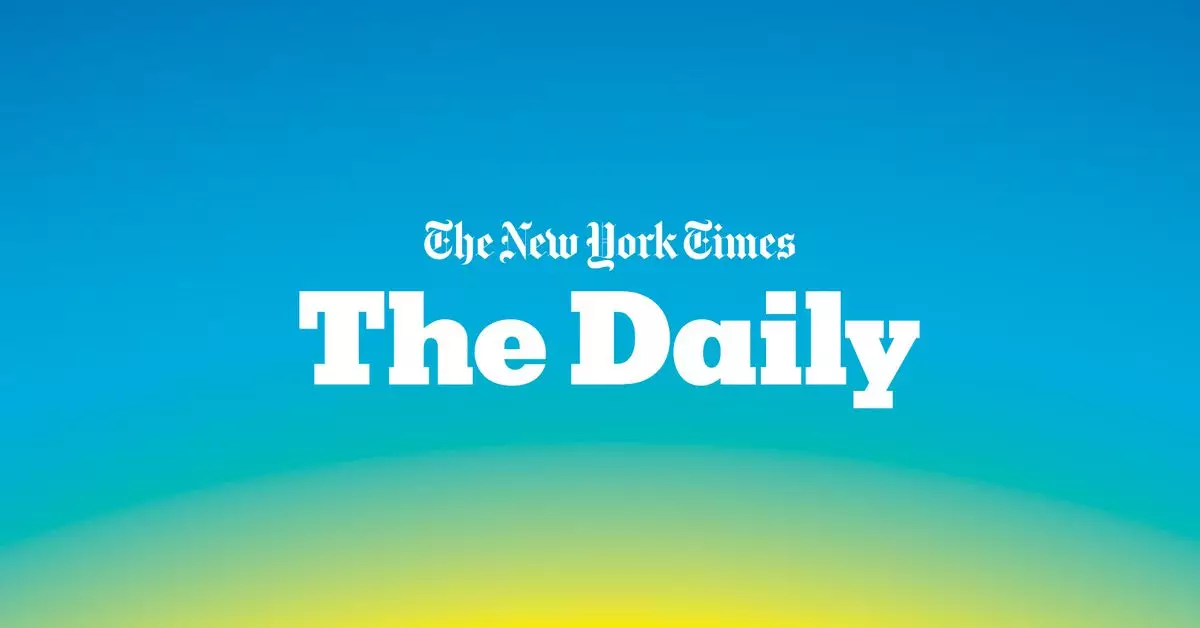The New York Times, well-known for its robust journalism and diverse media offerings, is making strides in the digital audio landscape by implementing a new subscription model for its popular podcasts. This strategic change, which will roll out next month, will feature a subscription fee of $6 monthly or $50 annually. While this move might initially appear as a monetization tactic, the rationale lies deeper in enhancing content quality and sustainability.
Currently, the most popular podcasts from The Times, including “The Daily,” “Modern Love,” and “Hard Fork,” will only provide access to a limited number of free episodes—usually the latest episodes only. For example, “The Daily” will allow listeners to enjoy three recent episodes for free, while other shows may restrict access to just two. This raises the question of how feasible it is for audiences to engage fully with these shows without full access to the entire archive.
The transition towards a subscription-based model presents a notable shift in how podcast audiences engage with content. By placing a paywall on archived episodes, The New York Times seems to be prioritizing revenue generation while also attempting to drive audience engagement through scarcity. This model has potential pitfalls, as listeners may feel alienated by this sudden change if they previously enjoyed unrestricted access.
However, loyal subscribers of The New York Times—those holding All Access or Home Delivery subscriptions—will benefit from continued access to episodes, a move that likely aims to strengthen ties with its existing customer base. This could be seen as a carrot to encourage more people to invest in the Times’ comprehensive journalistic offerings.
Paula Szuchman, the director of audio for The Times, emphasized that the ultimate goal behind this subscription initiative is to funnel revenue back into producing more quality journalism and expanding their audio content. This focus on reinvestment is crucial, especially in a media landscape that faces continuous disruption and competition from various platforms and content creators.
On the flip side, Ben Cotton, the head of subscription growth, highlighted that the model may evolve. He recognized the distinct listening behavior associated with serial storytelling. For example, popular podcasts like “Serial” engage listeners in a more story-driven fashion, where they are inclined to consume episodes consecutively. This indicates an awareness of differentiated listener dynamics—an insight that could inform future content strategies and subscription offerings.
While The New York Times takes a bold step forward with this new podcast subscription model, it also faces the challenge of maintaining its audience’s loyalty and interest. The promise of enhanced journalism and richer content is an appealing proposition, but the execution will determine whether users perceive the value to justify the additional cost. As the industry evolves, staying attuned to listeners’ habits and preferences will be vital for the sustainability of this venture and for the broader audio content ecosystem.

